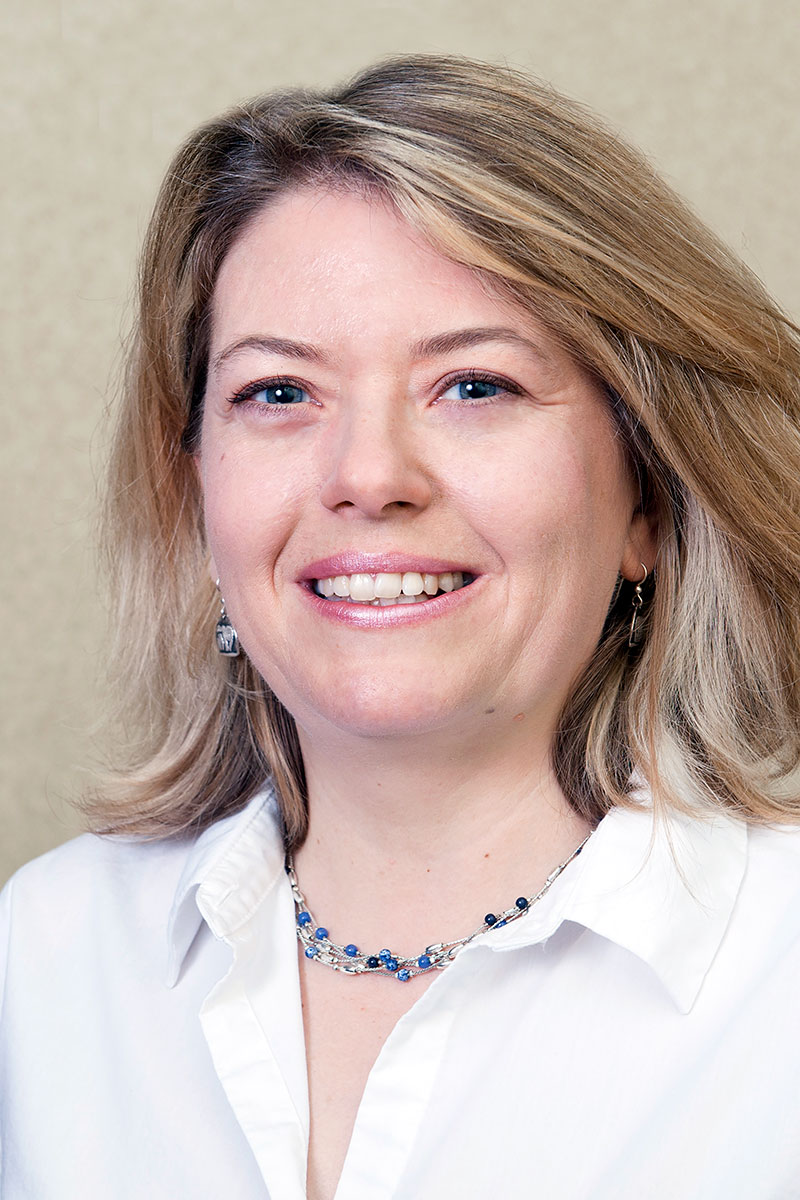Affiliation: Vassar College

April M. Beisaw is Associate Professor of Anthropology at Vassar College, as well as an Adjunct Lecturer in the Cultural Heritage Management Program at Johns Hopkins University. She is on the Editorial Board for Contemporary Historical Archaeology in Theory for BAR publishing, and Associate Editor for Historical Archaeology, the journal of the Society for Historical Archaeology. Her areas of specialization are Native American culture, repatriation, and zooarchaeology, and particularly the study of cultural change and resilience in the relatively recent past (1300 AD to yesterday). She has published extensively, and most currently has contributed chapters in Blurring TimeScapes: Subversions to Erasure & Remembering Ghosts (ed. S. Surface-Evans, A. Garrison, and K. Supernat, 2020)
The Native American Graves Protection and Repatriation Act (NAGPRA) of 1990 established a federal process for the return of ancestors and their possessions, also known as human remains and grave goods. The letter of the law is both confusing and open to interpretation. The spirit of the law may be clearer; museums should know what they have in their collections and whether or not they have permission to retain them. America’s museums were filled with objects of Native American or Indigenous origin at a time when some feared that certain peoples and their ways of life were vanishing. For decades now, Indigenous peoples have been asking for museums to return the objects and ancestors that they need to preserve their own cultures. Thirty years after the passage of NAGPRA, many museums, academic institutions, and federal agencies have yet to fully comply. This lecture explores the historical and ethical underpinnings of repatriation to show how understanding the spirit of NAGPRA helps to remove the obstacles and excuses that commonly hinder compliance.
Short bibliography and/or website on lecture topic:
Krech III, Shepard, and Barbara A. Hail, editors (1999) Collecting Native America, 1870-1960. Smithsonian Institution Press. Washington, DC. ISBN 9781588342775
Redman, Samuel J. (2016) Bone Rooms: From Scientific Racism to Human Prehistory in Museums. Cambridge, Massachusetts: Harvard University Press. ISBN 0674660412
Cooper, Karen C. (2008) Spirited Encounters: American Indians Protest Museum Policies and Practices. Alta Mira Press, Lanham. ISBN 9780759110892
Colwell, Chip (2017) Plundered Skulls and Stolen Spirits: Inside the Fight to Reclaim Native America’s Culture. The University of Chicago Press. ISBN 9780226684444
Lonetree, Amy (2012) Decolonizing Museums: Representing Native America in National and Tribal Museums. University of North Carolina Press. ISBN 9780807837153
Chari, Sangita, and Jaime M.N. Lavallee, editors (2013) Accomplishing NAGPRA: Perspectives on the Intent, Impact, and Future of the Native American Graves Protection and Repatriation Act. Oregon State University Press. ISBN 9780870717208
Fine-Dare, Kathleen S. (2002) Grave Injustice: The American Indian Repatriation Movement and NAGPRA. University of Nebraska Press. ISBN 9780803269080
According to the World Health Organization (WHO), access to water is a human right. But the average resident of New York City consumes four times more than what the WHO says they have basic rights to. That water is taken from distant lands and communities that live with restrictions on their own lives and livelihoods to ensure the city’s water supply. Through archaeological survey, the ruins of what has been lost can be documented, remembered, and juxtaposed with the new ruins being created to ensure an ample and clean water supply. This lecture provides an archaeological summary of 150+ years of impacts that New York City’s water system has had on communities up to 125-miles from Manhattan. A pattern of over-consumption fueled demolition begs us to consider when does a right become a wrong?
Short bibliography and/or website on lecture topic:
Beisaw, April M. (2016) Water for the City, Ruins for the Country: Archaeology of New York City’s Watershed. International Journal of Historical Archaeology 20(3):614-626.
Beisaw, April M. (2017) Ruined by the Thirst for Urban Prosperity: Contemporary Archaeology of City Water Systems. In: Contemporary Archaeology and the City: Creativity, Ruination, and Political Action, edited by Laura McAtackney and Krysta Ryzewski. Oxford Press.
Galusha, D. (1999). Liquid Assets: A History of New York City’s Water System, Purple Mountain Press, Fleishmans, NY.
Koeppel, G. T. (2000). Water for Gotham: A History, Princeton University Press, Princeton, NJ.
Soll, D. (2013). Empire of Water: An Environmental and Political History of the New York City Water Supply, Cornell University Press, Ithaca, NY.
Stradling, D. (2007). Making Mountains: New York City and the Catskills, University of Washington Press, Seattle.